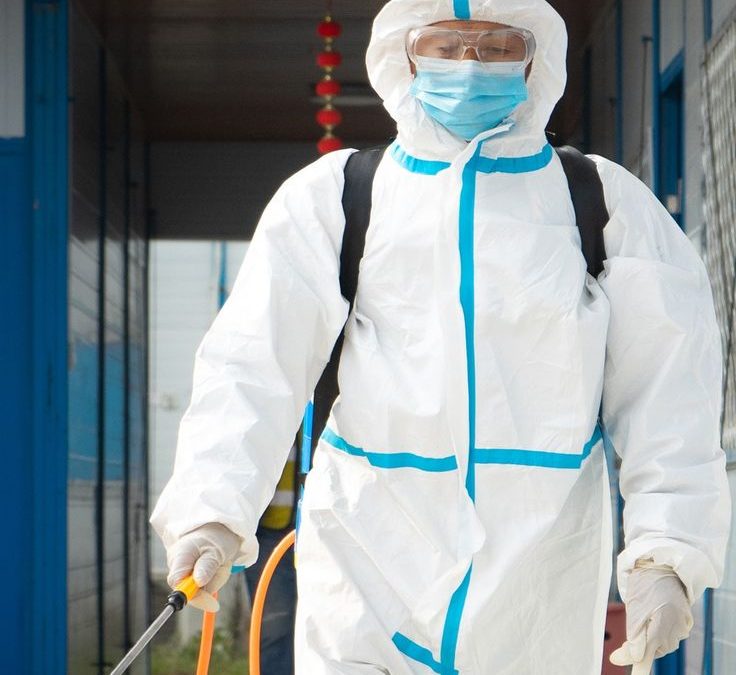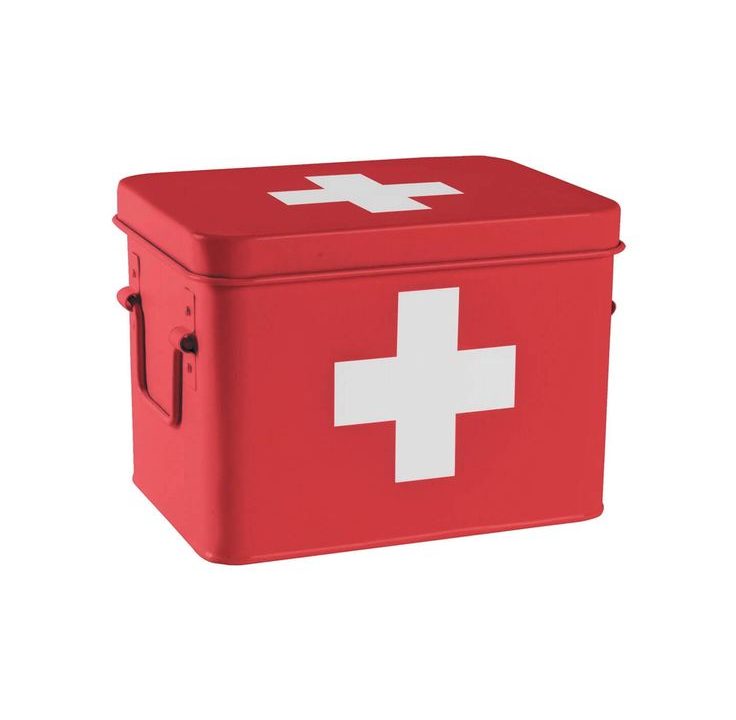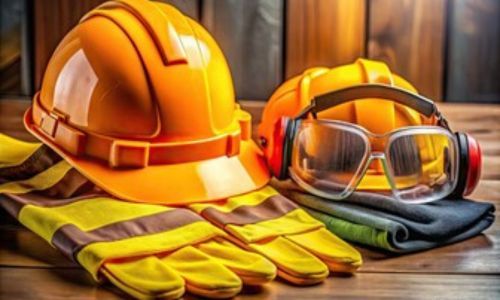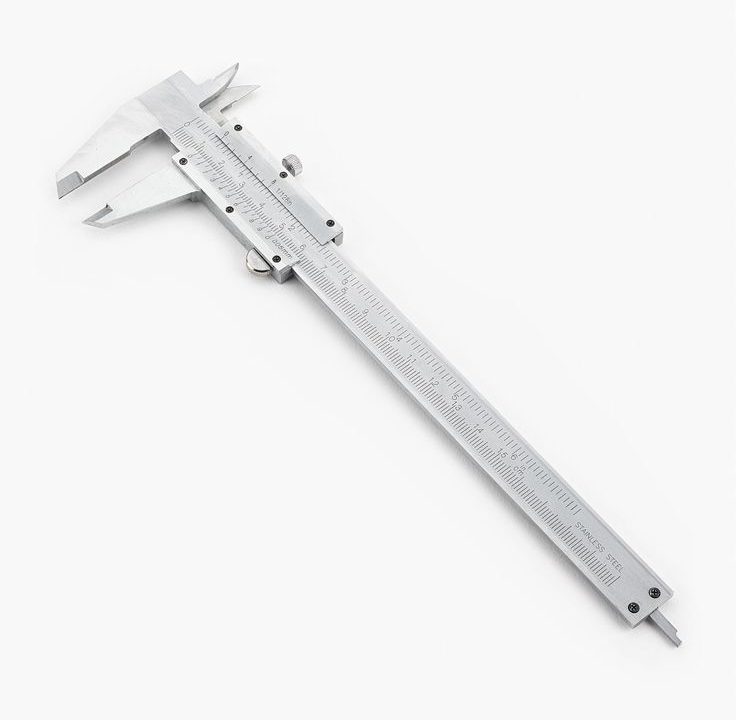How Body Protection Equipment Can Prevent Serious Injuries at Work

Ergonomic Hand Protection Equipment: Enhancing Safety and Comfort on the Job
December 23, 2024
How Road Safety Equipment Can Help Reduce Traffic Violations
February 3, 2025In workplaces where there are risks of physical harm—such as construction sites, manufacturing plants, and laboratories—safety is paramount. One of the most effective ways to ensure the well-being of employees is by providing high-quality body protection equipment.
These essential tools are designed to shield workers from injuries that could otherwise result in severe consequences, including life-threatening situations.
Different equipment, such as helmets, vests, gloves, and safety shoes, plays an integral role in safeguarding workers against potential hazards that exist in many industrial environments.
In this blog post, we will explore how protective gear helps in preventing injuries at work and why its use is critical for maintaining a safe and productive work environment.
Key Takeaways
- PPE is essential for preventing injuries in workplaces with physical risks.
- Properly selected and well-maintained gear can reduce the likelihood of accidents.
- The type of protection required depends on the specific hazards in the workplace.
- Regular training and awareness campaigns increase the effectiveness of body protection measures.
- Employers must ensure that employees wear the appropriate protective gear consistently.
The Importance of Personal Protective Equipment (PPE) in the Workplace
In workplaces where employees are exposed to a range of risks—such as heavy machinery, electrical hazards, falls, or extreme temperatures — personal protective equipment becomes indispensable.
Without the proper protective measures in place, employees are at risk of sustaining injuries that could lead to permanent disability or even death.
PPE is designed to mitigate risks by providing a physical barrier between workers and hazardous conditions. From basic gear like safety gloves and boots to more advanced equipment like flame-resistant clothing and protective suits, each piece is carefully crafted to address specific workplace dangers.
Types of Body Protection Equipment
Different work environments require different types of personal protection to safeguard workers from a wide variety of potential hazards. The diverse range of equipment available ensures that employees are properly shielded from physical dangers.
Let’s discuss some of the most common types of these gear that are essential across various industries:
Protective Clothing
Protective clothing is one of the most fundamental categories of body safety. It includes a broad range of garments designed to shield workers from a variety of environmental hazards.
Depending on the job’s nature and associated risks, workers may need different forms of protective clothing. The following are the most common types:
- Flame-Resistant Clothing:
This type of clothing is essential in high-risk environments where workers are exposed to heat or open flames. It is commonly worn in jobs like welding, firefighting, and chemical processing, where fire hazards are prevalent.
Flame-resistant clothing is made from specialised materials that can withstand high temperatures, reducing the risk of burns and other heat-related injuries.
- High-Visibility Clothing:
High-visibility gear is designed to ensure that workers remain visible, especially in environments with poor lighting conditions, such as construction sites, road work, or industrial environments.
Bright-coloured vests, jackets, and shirts with reflective stripes help make workers highly visible to others, particularly heavy machinery operators or drivers, minimising the risk of accidents.
- Coveralls and Suits:
Protective coveralls or full-body suits are often required in environments that pose a risk of chemical exposure, infectious diseases, or physical contaminants. These garments serve as a barrier to harmful substances, ensuring that workers are not directly exposed to hazardous chemicals, biological agents, or particles.
Industries such as pharmaceuticals, laboratories, and agriculture commonly require workers to wear such protective suits to prevent cross-contamination or chemical burns.
Helmets and Hard Hats
These protective devices are crucial in preventing head injuries in workplaces where there is a risk of falling objects, collisions, or electrical hazards. Industries like construction, mining, and manufacturing often require workers to wear helmets as a part of their daily safety protocol.
- Protection Against Falling Objects:
Hard hats provide a crucial layer of protection against injuries from falling objects, which are a common hazard in construction zones and warehouses.
In high-risk environments, workers may encounter tools, debris, or equipment falling from heights. Helmets are designed to absorb and distribute the impact force, reducing the likelihood of skull fractures or traumatic brain injuries.
- Electrical Hazard Protection:
Some hard hats are equipped with insulation to protect workers from electrical shocks, making them suitable for jobs in electrical work or power stations. These helmets are designed to meet stringent safety standards and prevent electric current from reaching the wearer’s head.
- Head Injury Prevention:
In addition to protecting against external impacts, helmets also provide protection against injury from impacts with hard surfaces, such as falling and striking the head on concrete or steel.
Hand Protection (Gloves)
Gloves are essential in preventing injuries to the hands, which are among the most vulnerable parts of the body in many workplaces. Workers’ hands are often exposed to a range of potential hazards, including cuts, burns, abrasions, chemicals, and electrical risks. Wearing the right gloves is crucial in mitigating these dangers.
- Cut-Resistant Gloves:
These gloves are designed to prevent cuts and lacerations while handling sharp objects or machinery. Workers in industries such as construction, manufacturing, and food processing often use cut-resistant gloves to protect against accidental injuries from knives, glass, and metal materials.
- Chemical-Resistant Gloves:
In environments where workers handle hazardous chemicals, specialised chemical-resistant gloves provide a crucial barrier between the skin and potentially harmful substances.
These gloves are typically made from materials like nitrile, neoprene, or PVC, which are resistant to various chemical compounds. For workers in industries like healthcare, laboratories, or chemical processing, these gloves help prevent skin burns, irritation, or contamination.
- Insulated Gloves:
Insulated gloves are primarily used by workers in electrical industries to prevent electric shock when handling electrical equipment. Made from rubber or other insulating materials, these gloves are designed to protect workers from high-voltage electricity while providing dexterity for complex tasks.
Foot Protection (Safety Boots)
Safety boots are a vital piece of body protection equipment, especially in environments where workers are exposed to physical hazards that could damage the feet.
Foot injuries are common in industries where there are heavy tools, machinery, or hazardous materials on the ground, such as construction sites, manufacturing plants, and warehouses. Safety boots provide workers with the necessary protection to reduce the risk of foot injuries.
- Steel-Toe Boots:
Steel-toe boots are one of the most widely used types of protective footwear. These boots have reinforced toe caps made from steel or other sturdy materials, designed to absorb impact and protect the toes from falling objects or heavy machinery.
Steel-toe boots are especially important in environments where workers are lifting, transporting, or working near heavy equipment.
- Slip-Resistant Boots:
Workers in industries where floors are frequently wet or oily, such as food processing or chemical plants, often rely on slip-resistant boots.
These boots have specialised soles that provide increased traction, reducing the risk of slips and falls. By preventing workers from losing their footing, slip-resistant boots can help avoid serious injuries.
- Waterproof and Chemical-Resistant Boots:
Waterproof and chemical-resistant boots are essential in environments where workers are exposed to water, chemicals, or hazardous substances.
These boots are made from materials that prevent liquids from seeping in, keeping feet dry and protected from exposure to harmful substances.
Eye and Face Protection
Eye and face injuries are prevalent in many industrial settings, particularly in environments where workers are exposed to flying debris, chemical splashes, or intense light sources like UV radiation.
To mitigate these risks, workers are required to wear appropriate eye and face protection, including goggles, safety glasses, and face shields.
- Safety Goggles:
Safety goggles provide a protective barrier around the eyes, preventing foreign particles or chemicals from entering the eyes.
Workers involved in tasks like grinding, cutting, or welding are at high risk of eye injuries due to flying debris or chemical splashes. Goggles shield the eyes and prevent particles from causing injury or irritation.
- Face Shields:
For tasks where there is a higher risk of exposure to hazardous materials, face shields offer comprehensive protection for the face and eyes.
These are commonly used in industries like welding, metalworking, and chemical handling, where sparks, hot metal, or harmful chemicals can pose significant risks.
- Laser Safety Glasses:
In industries such as laser cutting, manufacturing, and healthcare, laser safety glasses protect workers from exposure to harmful laser beams.
These specialised glasses filter out harmful wavelengths of light, reducing the risk of eye damage.
Hearing Protection
Exposure to excessive noise levels is a common hazard in many industries, such as construction, manufacturing, and mining. Over time, prolonged exposure to high decibel levels can result in permanent hearing damage or even complete hearing loss.
To prevent this, workers are required to use hearing protection.
- Earplugs:
Earplugs are one of the most commonly used forms of hearing protection. They are designed to be inserted into the ear canal, blocking out excessive noise while still allowing workers to hear necessary sounds and communicate effectively.
Earplugs are suitable for environments with high levels of ambient noise, such as factories or construction sites.
- Earmuffs:
Earmuffs are worn over the ears and are particularly effective in reducing noise exposure in extremely loud environments.
They provide a higher level of noise reduction compared to earplugs and are commonly used in industries like aviation, manufacturing, and military.
- Custom Hearing Protection:
For workers who are exposed to constant loud noise, custom hearing protection, which is moulded to the shape of the ear, may offer a better fit and more effective sound isolation.
How Body Protection Equipment Prevents Serious Injuries
It prevents serious injuries by reducing exposure to the hazards present in the workplace. Here’s how specific types of body protection gear work to prevent various injuries:
- Prevention of Impact Injuries
One of the most common causes of workplace injuries is falling objects. Helmets and hard hats are designed to absorb the impact of falling objects, preventing serious head injuries.
Similarly, safety boots with steel toes help protect workers’ feet from being crushed under heavy loads, while high-visibility clothing ensures workers are seen by others, reducing the risk of accidents.
- Protection Against Chemical Exposure
In many industries, employees work with hazardous chemicals. Protective clothing, gloves, and face shields act as barriers between the worker and harmful substances, preventing skin burns, rashes, and chemical contamination.
Chemical-resistant gloves ensure that dangerous substances do not come into contact with the skin, thus preventing irritation or poisoning.
- Heat and Fire Resistance
In jobs that involve exposure to heat, flames, or molten metal, protective clothing such as flame-resistant coveralls and heat-protective gloves provide critical insulation.
These garments are made from materials that prevent or delay the transfer of heat to the skin, thereby reducing the risk of burns and other thermal injuries.
- Prevention of Electrical Shocks
In workplaces where electrical work is performed, workers are exposed to the risk of electrical shocks. Insulated gloves, rubber footwear, and dielectric tools provide insulation from electric currents, significantly reducing the risk of electric shock.
These types of PPE are essential for electricians, utility workers, and anyone working with or around electricity.
- Reduction of Slips and Falls
Falls are a leading cause of workplace injuries, especially in environments where floors can become slippery or uneven. Anti-slip boots and shoes with specialised soles provide traction, reducing the likelihood of slips and falls.
Proper footwear ensures that workers can maintain their balance and avoid injury, particularly in wet or oily environments.
- Protection from Flying Debris
Workers who operate machinery or power tools are often at risk of being struck by flying debris. Safety goggles and face shields help protect the eyes and face from sparks, dust, and flying particles, preventing vision loss or facial injuries.
Training and Awareness: Key to Effective Protection
Providing body protection safety equipment is only part of the solution; it is equally important to ensure that workers know how to properly use and maintain their protective gear. Comprehensive safety training should be provided to employees to familiarise them with the types of protection available and how to wear them correctly.
Training programs should also address the importance of regular maintenance of protective equipment, as faulty gear may not provide the intended protection. Regular inspection and replacement of worn-out or damaged gear are essential for maximising safety.
The Legal and Ethical Responsibility of Employers
Employers have both legal and ethical responsibilities to ensure the safety of their employees.
In many countries, workplace safety regulations, such as OSHA (Occupational Safety and Health Administration), require employers to provide appropriate body protection equipment and ensure its proper use. Failing to do so can result in legal consequences, including fines and lawsuits.
Beyond legal obligations, employers should prioritise worker safety as part of their corporate responsibility. By investing in high-quality equipment and fostering a safety culture, employers not only protect their workers but also enhance productivity and reduce costs associated with workplace accidents.
Conclusion
Body protection equipment plays a crucial role in preventing serious injuries at work. By providing workers with the right gear for the job, employers can mitigate the risks associated with various hazards, from falling objects and chemical exposure to electrical shocks and extreme temperatures.
While the proper selection of this equipment is essential, ongoing training and maintenance are equally important for maximising its effectiveness.
Ultimately, investing in the right equipment is a proactive measure that ensures the safety, health, and well-being of employees, contributing to a safer and more productive work environment.
FAQs
- What is the most important body protection equipment?
The most important equipment depends on the type of work being done. However, helmets, safety boots, and gloves are often considered essential for many workplaces.
- How do I know what body protection gear to use?
The right gear depends on the specific hazards of the workplace. Employers should assess the risks and choose appropriate gear accordingly.
- How often should PPE be replaced?
The frequency of replacement depends on the type of equipment and the level of wear and tear. Regular inspections should be conducted, and equipment should be replaced when damaged or ineffective.
- Can PPE be reused?
Some body protection gear, such as helmets or boots, can be reused if they are properly maintained and inspected for damage. However, disposable items like gloves may need to be replaced after each use.
- Is PPE mandatory at work?
In many industries, PPE is legally required to ensure worker safety. Employers must provide the necessary gear and enforce its use.




